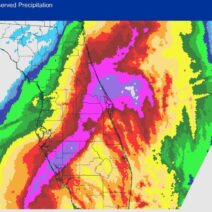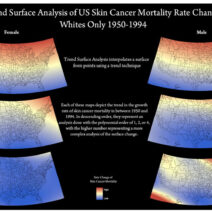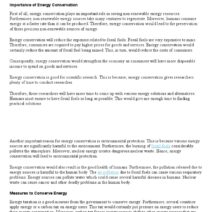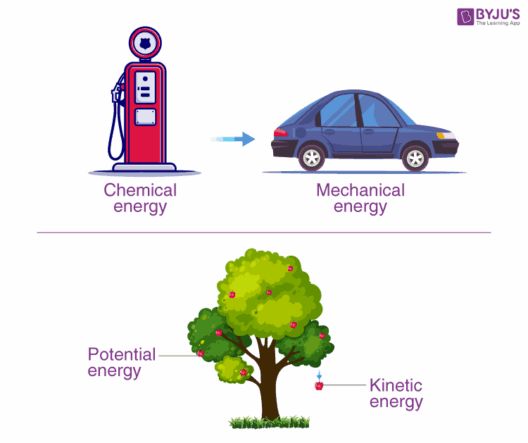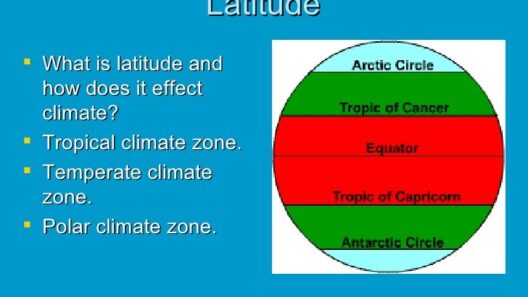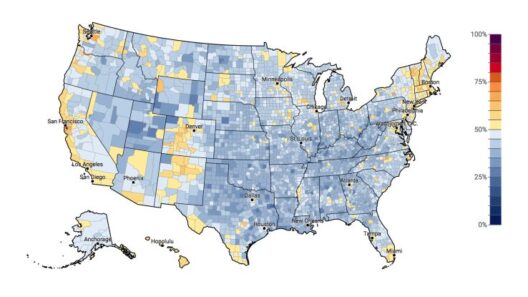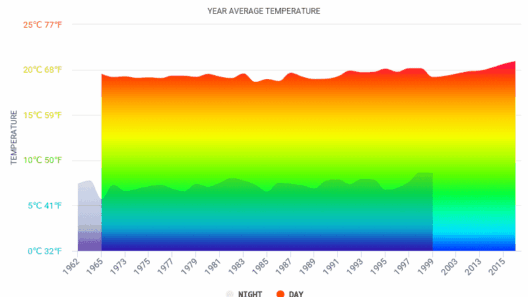The relationship between climate change and drought has become a focal point of scientific inquiry and public discourse. As the planet continues to warm due to anthropogenic emissions of greenhouse gases, the impacts on weather patterns become increasingly stark. It is imperative to dissect the intricate interplay of climate change and drought, elucidating not only the mechanics behind this relationship but also the implications for ecosystems and human societies.
Droughts are not mere aberrations in weather patterns; they are multifaceted phenomena characterized by prolonged periods of deficient precipitation, which can wreak havoc on the environment. The two predominant types of drought are meteorological and agricultural. Meteorological drought is defined by the duration and intensity of precipitation deficits, while agricultural drought pertains to the effects of these deficits on crop yields and soil moisture levels. Further complicating this landscape is hydrological drought, which considers the declining levels of water in rivers, lakes, and reservoirs, ultimately demanding a holistic approach to understanding drought phenomena.
Researchers are increasingly aligned in their assertion that climate change is a compelling factor exacerbating the frequency, intensity, and duration of droughts. The mechanisms of this exacerbation are various yet can be distilled into a few significant processes. First and foremost, climate change fosters more extreme weather patterns. Warmer temperatures evaporate moisture from soils and bodies of water faster, meaning any shortfall in precipitation has a more profound and immediate impact. This is not just a theoretical concern; empirical evidence has demonstrated that regions stricken by drought are experiencing prolonged dry spells, which directly correlate with rising global temperatures.
Furthermore, the changing climate alters atmospheric circulation patterns. Jet streams, which dictate weather systems and storm tracks, are increasingly erratic due to climate change. This instability can lead to prolonged periods without rainfall in certain regions, creating the conditions ripe for drought. Areas that were once reliable in terms of rainfall patterns are emerging as unpredictable. The consequences of this unpredictability can be dire, particularly in regions already vulnerable due to economic or environmental factors.
One cannot overlook the role of human activities in amplifying these climatic shifts. The expansion of agriculture, deforestation, and urbanization leads to land-use changes that further destabilize local climates. Clear-cutting forests not only eradicates vital carbon sinks but also fundamentally alters the water cycle in these areas, heightening the risk of drought. Additionally, unsustainable agricultural practices exacerbate soil degradation, diminishing the land’s ability to retain water and increasing vulnerability during dry periods.
The discourse on droughts and climate change mandates a nuanced exploration of both natural variability and human agency. It is essential to recognize that while climate change significantly influences drought patterns, natural climatic cycles also play a role. Phenomena such as El Niño and La Niña contribute to variability in precipitation that can intersect with human-induced climate change. Therefore, attributing drought solely to climate change glosses over the complexities at play.
Nevertheless, the preponderance of scientific evidence supports the assertion that as greenhouse gas emissions continue to rise, droughts will become more severe and frequent. Notably, the United States has witnessed one of the worst droughts in recent history, with studies indicating that climate change has made such an event much more likely. These climatic shifts do not exist in isolation; they propagate a chain reaction that adversely impacts ecosystems, economies, and public health.
Ecologically, droughts can lead to habitat loss, altered species distributions, and increased vulnerability to invasive species. Forests may become more susceptible to wildfires, significantly affecting biodiversity and carbon storage capabilities. Furthermore, aquatic ecosystems suffer from reduced water levels, threatening species that depend on specific hydrological conditions for survival. As various species struggle to adapt, there is a tangible risk of exacerbating biodiversity loss, which undermines ecosystem services that humans rely on.
Human communities, particularly in arid and semi-arid regions, face crippling economic consequences due to droughts. Agriculture, which is the lifeblood of many economies, suffers as crop yields plummet and livestock faces reduced water and forage availability. The subsequent rise in food prices can lead to food insecurity and economic instability. Moreover, the stress on water resources can foment conflict, particularly in regions where water scarcity is a catalyst for socio-political tensions.
A proactive response to the looming realities of climate change-induced droughts is necessary to foster resilience in both ecosystems and human populations. Strategies for sustainable land management can ameliorate some impacts of drought through improved soil conservation practices, restoration of natural habitats, and the implementation of more efficient irrigation techniques. Additionally, policy frameworks must integrate climate adaptability measures, promoting a holistic understanding of water resources and ecosystem health.
In summary, the connection between climate change and drought is multifaceted, woven into the fabric of ecological and societal dynamics. As we unveil the stark truths behind this relationship, it is vital to confront the reality that climate change is not a distant threat but a present-day catalyst for intensified drought conditions. The wisdom to craft resilient strategies lies in recognizing this nexus, equipping ourselves to combat and adapt to the inevitable changes that lie ahead.
